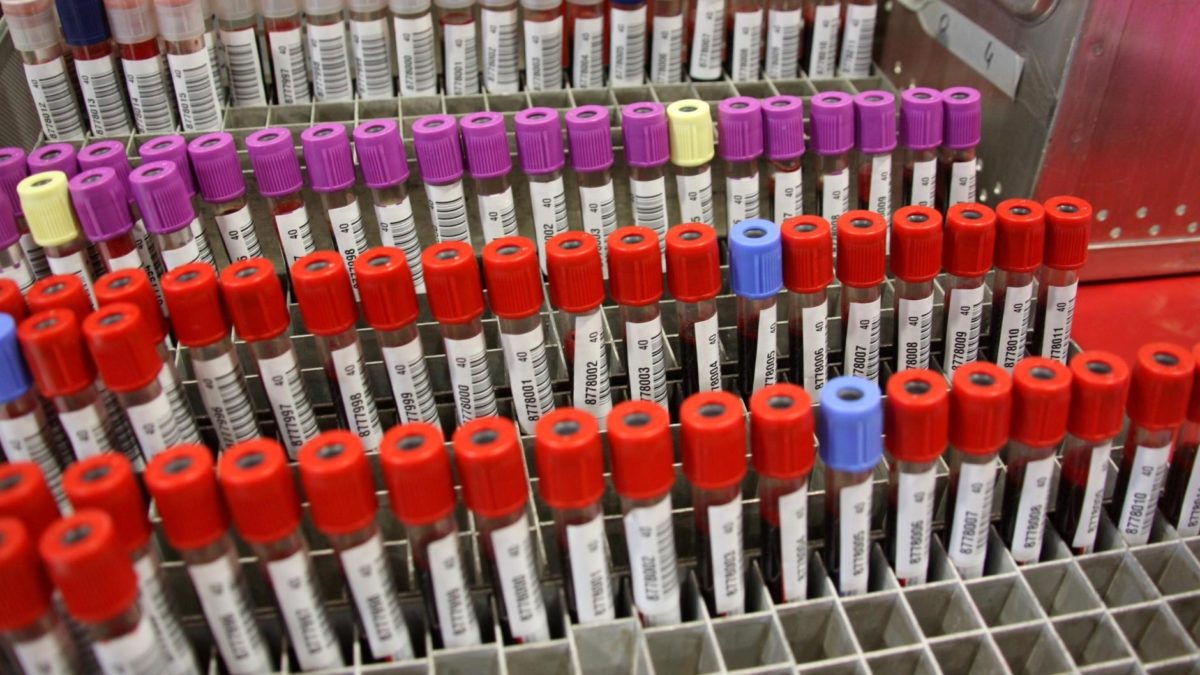Justice from the Point of View of an Antagonist
Being the strongest character is the ultimate goal for the protagonist of any Shōnen anime – but what if that ultimate power is also a curse?
The anime One Punch Man starts off by handing us a protagonist, Saitama, who’s already the strongest character in his universe. In fact, he’s so strong he can defeat any enemy with a single punch – hence the name. This power is his ultimate curse, as it leaves him bored and depressed. He simply doesn’t get excited about anything anymore. Now, my favorite character from One Punch Man is not Saitama, but Garou, a 19-year-old human with martial arts skills. Garou is not a friend of Saitama’s; he is, in fact, the exact opposite, an antagonist, who even calls himself a monster, despite being an ordinary human.
While Saitama is the protagonist of One Punch Man, every character has their own unique background story, circumstances, and motivation for what they’re doing, and Garou’s are what make him my favorite antagonist in all of anime history. His story starts as a little kid, when he’s playing with his classmates. Every kid has watched TV shows about heroes fighting bad guys, but Garou, unlike the other kids, is always rooting for the monsters, who get so close to defeating the heroes, but can never succeed. When playing with the other kids, he always plays the villain, and he gets bullied and beaten up in return. Whenever he stands up against a “hero”, other kids come and help that kid defeat Garou. In the light of these events, Garou decides that he wants to be different: he wants to be a monster that breaks the cycle of the heroes winning. He wants to become the ultimate monster that will defeat every hero.
Because he’s getting bullied and beaten, Garou quits school and joins a Martial Arts dojo run by S-Class heroes, who are the highest-ranked heroes on the fictional planet of Silverfang. He trains every day to become stronger and more powerful, but his Sensei has no idea about Garou’s actual intensions. When he turns 19, he realises that he can´t learn anything at the Dojo anymore, so he leaves. Before leaving, however, he defeats every other student and almost kills them all. Garou thinks he’s now ready to end the constant defeat of villains and monsters, so he declares war on the Hero Association. He defeats a few heroes with ease; however, many more follow and try to stop him. Although struggling, Garou manages to strike them down. Now, in most movies and TV shows, the villain first overpowers the hero(es) and comes really close to winning. In the last possible moment, the hero(es) get that one, critical extra boost of power through friendship or love and manage to hold their ground. With Garou, it’s the exact opposite: at the start of each battle, the heroes overpower him, and he needs to find some extra strength to defeat the heroes.
What’s interesting is that I found myself rooting for him every time, because to me, he feels more like a misunderstood hero. Even though he’s the antagonist of the anime’s actual main character, whenever he is on screen, he becomes the protagonist. After all, we’ve learned his backstory, seen fights from his perspective, heard his thoughts, know his ideas and anticipate his tricks. Those are all features usually reserved for the main character! So Garou is presented to the viewer as the protagonist, even though he is a villain. To me, that makes him the best antagonist in all of anime.
Author: Chris Schneider

